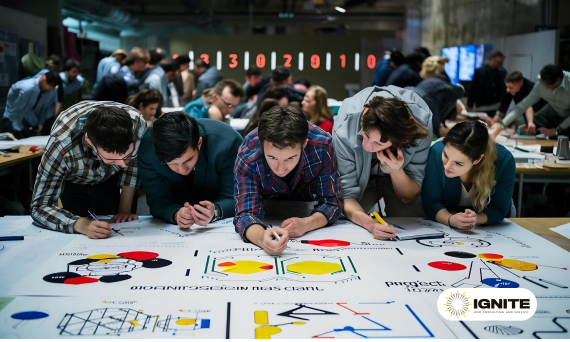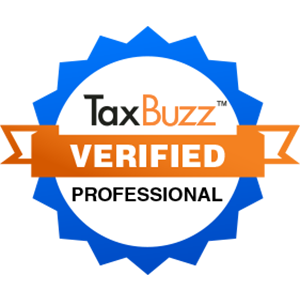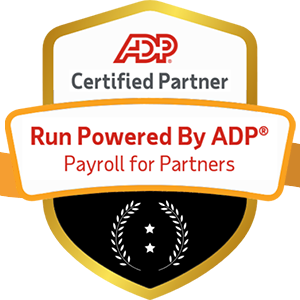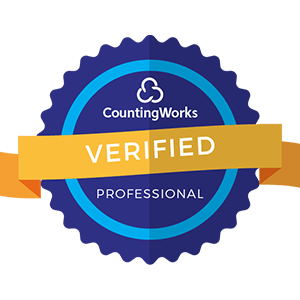
In today's competitive business landscape, companies are realizing that employee experience (EX) is just as crucial as customer experience (CX). After all, happy and engaged employees lead to better performance, increased loyalty, and, ultimately, a healthier bottom line. But how can organizations truly understand and enhance the employee experience? The answer lies in two robust methodologies: design thinking and employee journey mapping.

Design thinking is a human-centered approach to problem-solving that focuses on empathy, creativity, and experimentation. It involves deeply understanding the needs, desires, and challenges of the people you're designing for in this case, your employees. You can create solutions that resonate with them by putting yourself in their shoes.
The design thinking process typically consists of five stages:
By applying design thinking to the employee experience, HR professionals can create people-centric solutions that truly improve employees' lives.
Employee journey mapping is a tool that goes hand-in-hand with design thinking. It involves visualizing the entire employee lifecycle, from attraction and recruitment to onboarding, development, and eventual departure. By mapping out each touchpoint and employee interaction with your organization, you can gain a holistic understanding of their experience.
Here's how to create a practical employee journey map:
By creating a comprehensive employee journey map, you can pinpoint exactly where the employee experience falls short and develop targeted interventions to improve it.
With your employee journey map in hand, it's time to start designing solutions. But where do you begin? The key is to focus on the moments that matter most to your employees.
For example, consider the onboarding process. Starting a new job can be overwhelming, with a barrage of new information, faces, and procedures to learn. By applying design thinking, you might discover that new hires need help to feel connected to their team and the company culture.
To address this pain point, you could design a buddy program that pairs each new hire with a seasoned employee who can serve as a mentor and guide. You might also create a series of interactive onboarding workshops that help new hires build relationships with their colleagues and understand the company's mission and values.
Other key moments that matter might include:
By focusing your design efforts on these pivotal moments, you can create an employee experience that truly sets your organization apart.
Creating a world-class employee experience is more than just a one-and-done endeavor. It requires a commitment to continuous improvement and a willingness to iterate based on employee feedback.
One way to facilitate continuous improvement is establishing an employee experience council meeting regularly to review feedback, discuss challenges, and brainstorm solutions. This council should include representatives from HR, IT, facilities, and other departments that impact the employee experience.
Another critical strategy is regularly soliciting employee feedback through surveys, focus groups, and one-on-one conversations. You can create solutions that meet their needs by actively listening to employees and involving them in the design process.
Finally, feel free to experiment and fail fast. Not every solution will be a home run, and that's okay. The key is learning from your failures, iterating quickly, and pushing forward.
Enhancing the employee experience isn't just a feel-good initiative—it's a strategic business imperative. Research has shown that companies with highly engaged employees outperform their peers regarding profitability, productivity, and customer satisfaction.
For example, a study by Gallup found that companies with highly engaged workforces are 21% more profitable than those with disengaged employees. Another study by the IBM Smarter Workforce Institute found that organizations with a positive employee experience are twice as likely to be innovative and 25% more profitable than those without.
Investing in the employee experience also pays dividends in terms of talent attraction and retention. In today's competitive job market, top talent has their pick of employers. You can attract and retain the best and brightest by creating a compelling employee value proposition and delivering on it through a best-in-class employee experience.

Many companies are already reaping the benefits of applying design thinking and employee journey mapping to the employee experience. Here are a few examples:

Ready to start designing a better employee experience? Here are a few tips to get you started:
By applying design thinking principles and employee journey mapping, you can create an employee experience that engages, inspires, and retains top talent. The key is to start small, iterate often, and keep the employee at the center of your efforts.
In today's fast-paced business world, the employee experience is more important than ever. By harnessing the power of design thinking and employee journey mapping, HR professionals can create people-centric solutions that make a difference in employees' lives.
From onboarding to performance management to career development, every touchpoint along the employee journey presents an opportunity to create a memorable and engaging experience. By focusing on the moments that matter most and continuously gathering feedback and iterating, you can design an employee experience that sets your organization apart.
The business case for investing in employee experience is evident. Companies with highly engaged employees are more profitable, innovative, and customer-centric than their peers. You can attract and retain the best and brightest talent by creating a compelling employee value proposition and delivering on it through a best-in-class employee experience.
So what are you waiting for? Start designing a better employee experience today and watch your organization thrive.


